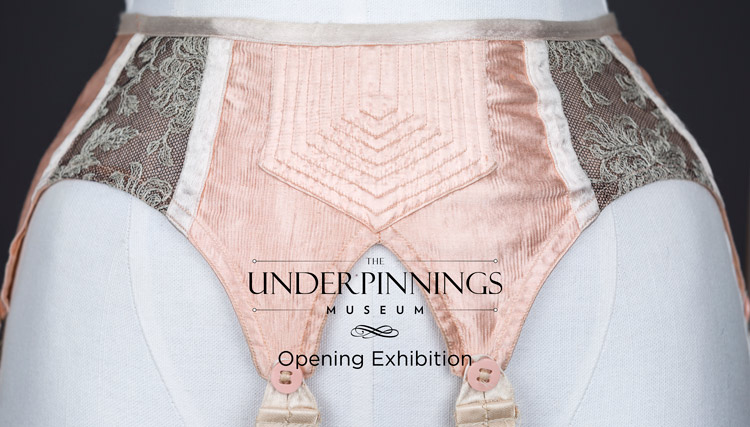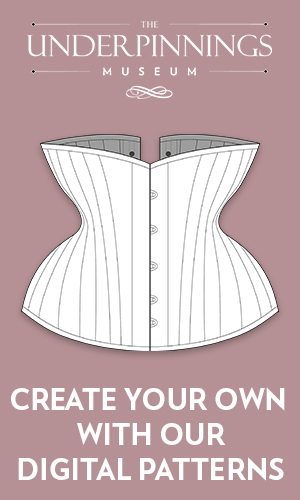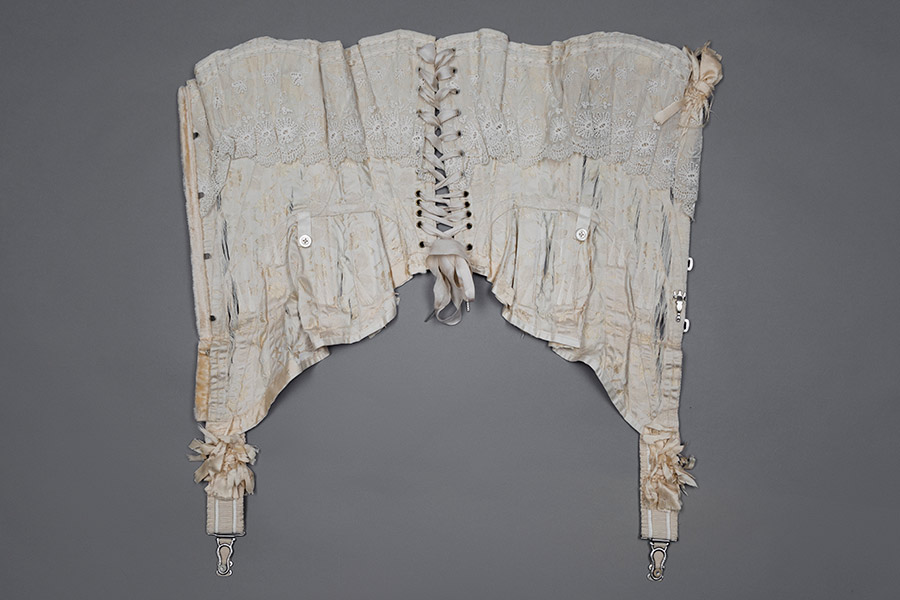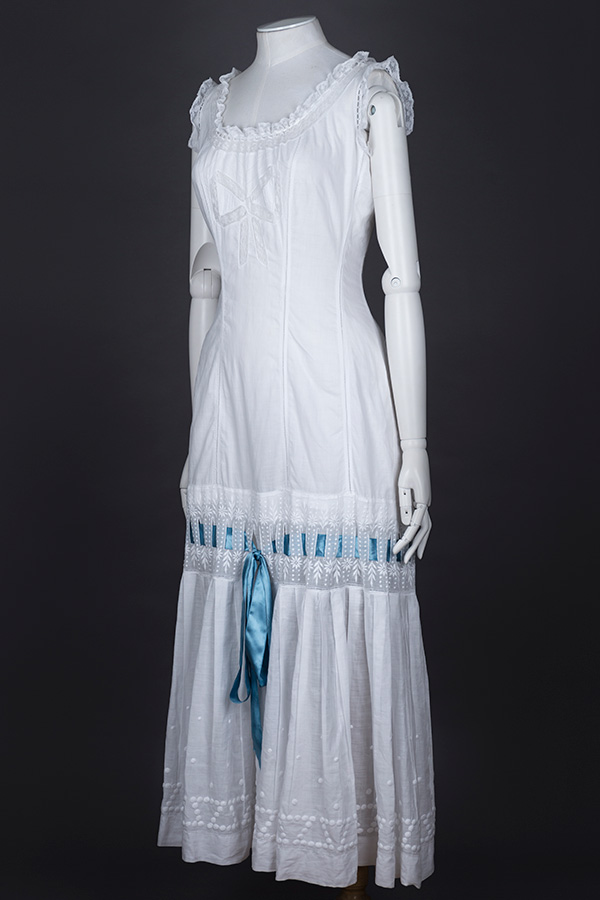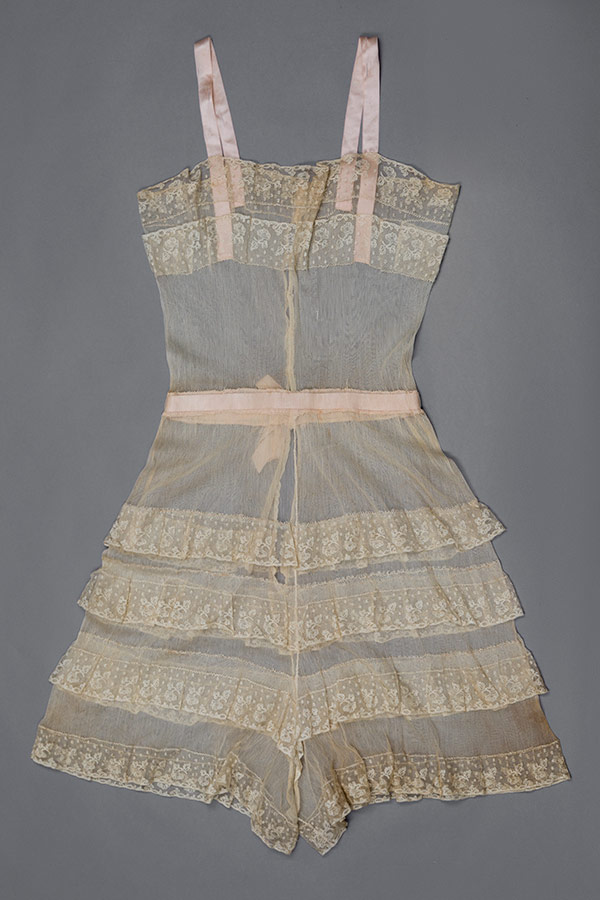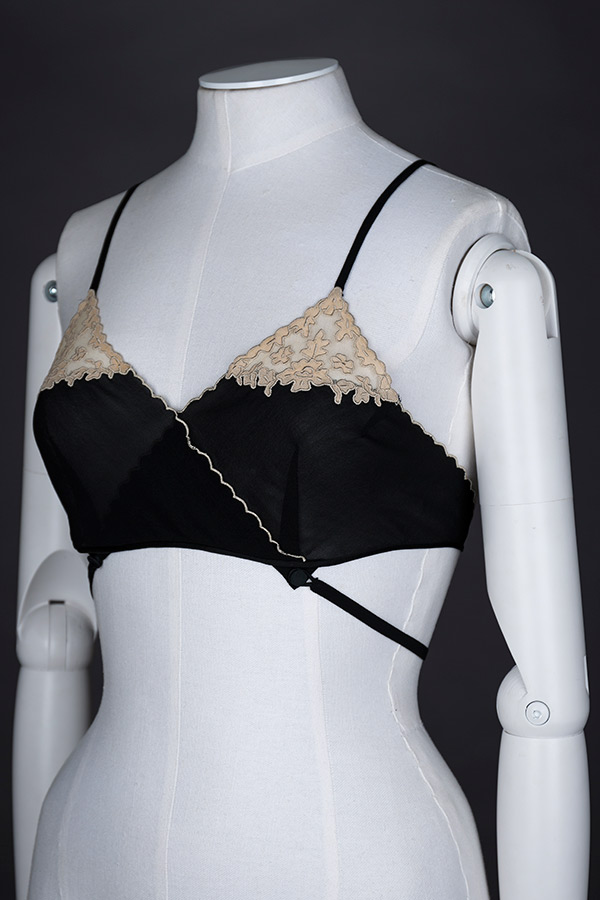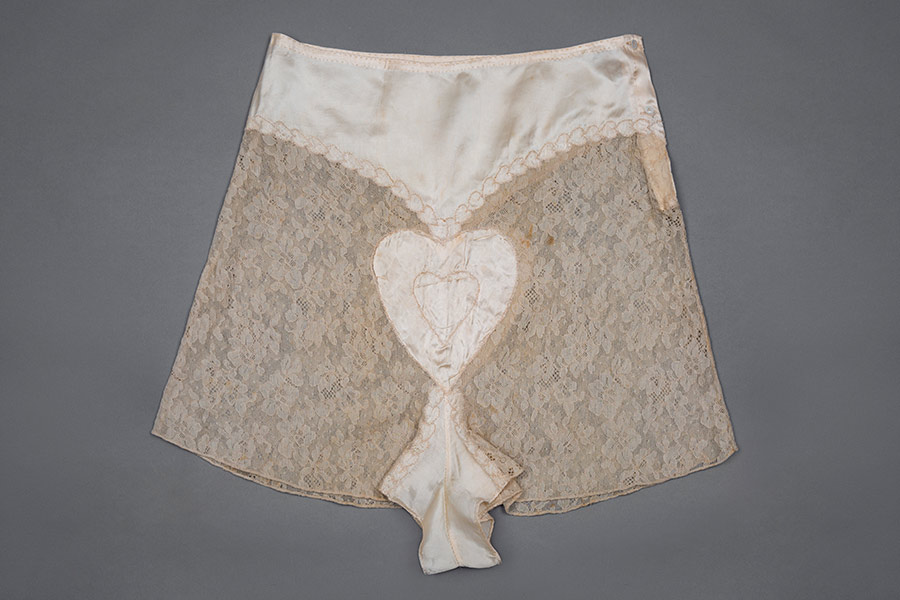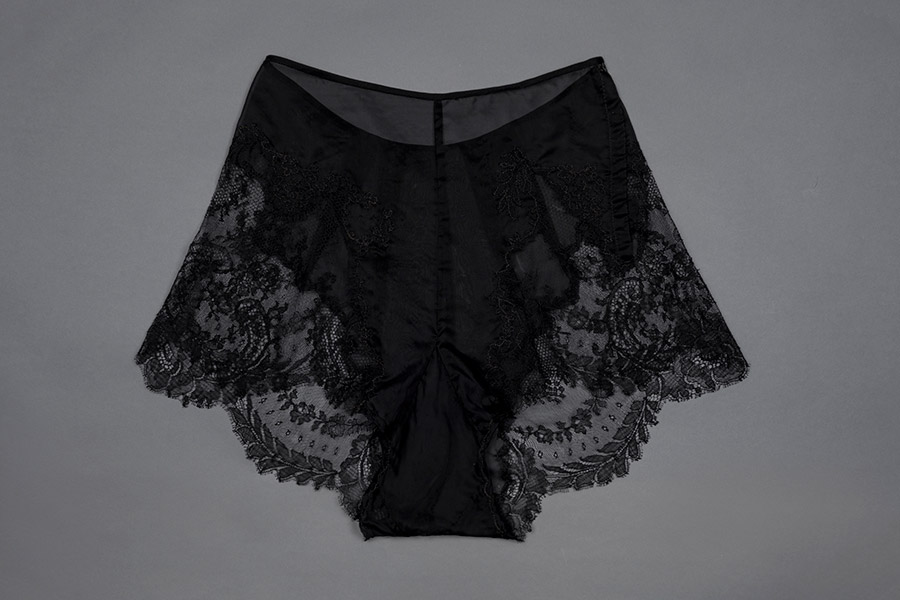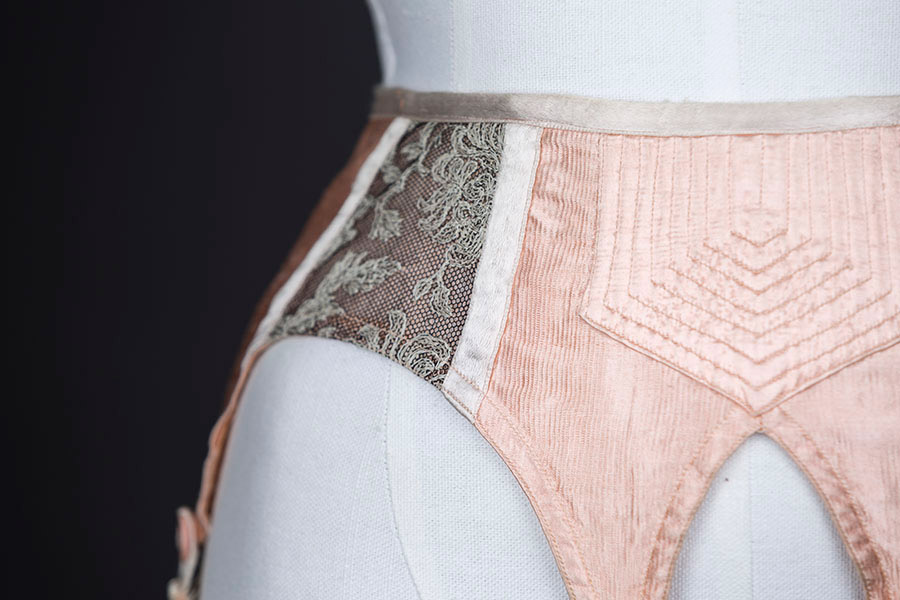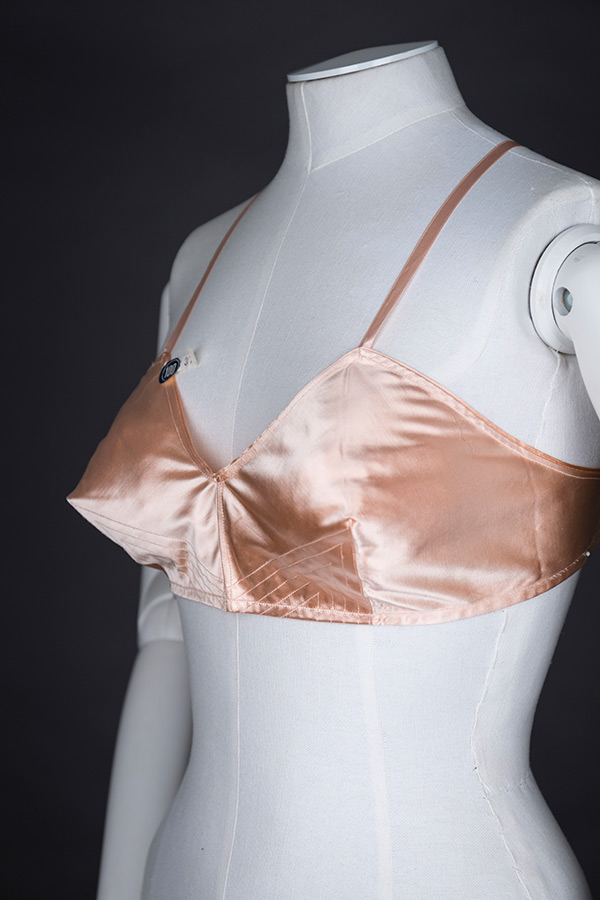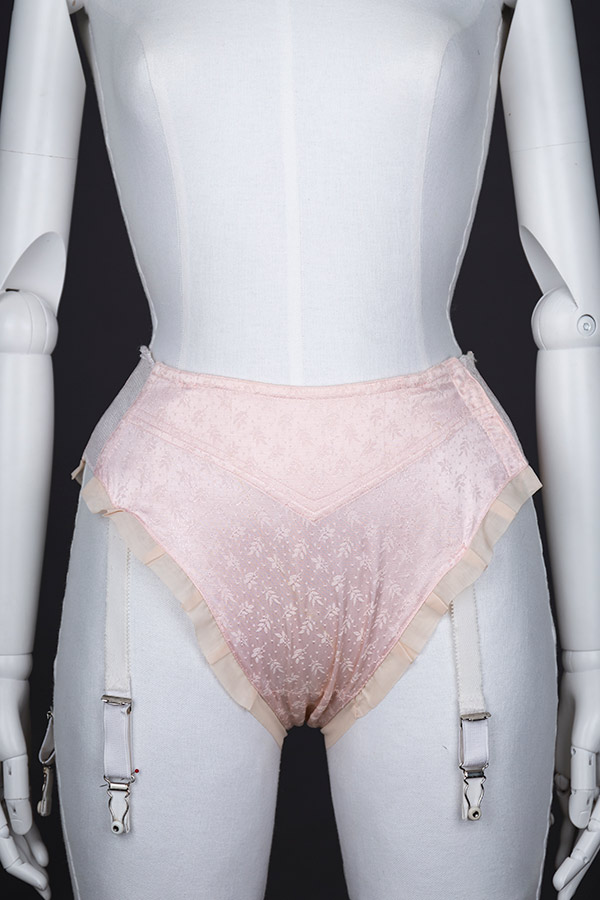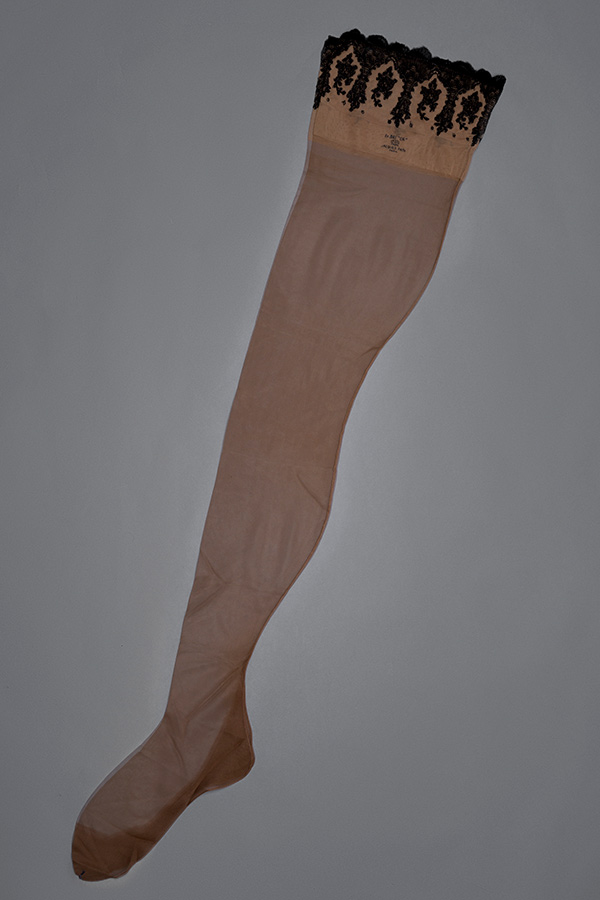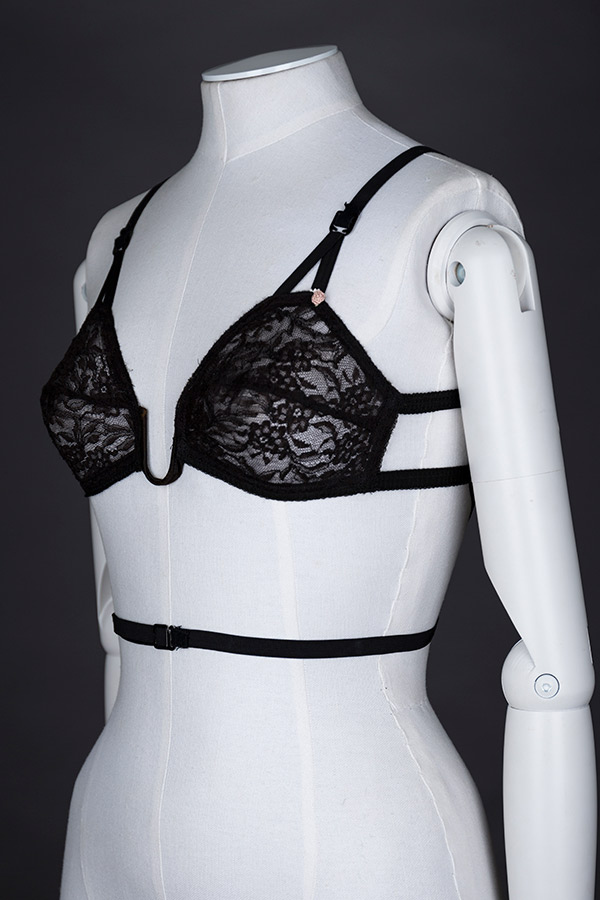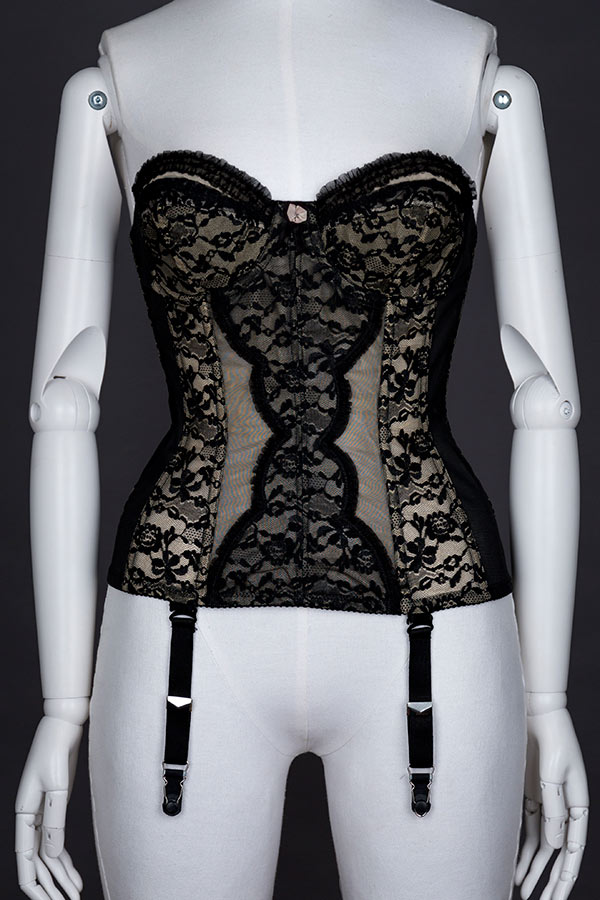Welcome to the first exhibition of The Underpinnings Museum. This exhibition has been carefully curated to present a cross-section of our extensive object collection: it acts as an overview of the underwear worn between 1900 to the late 1950s, pared down to only 13 exquisite items. Each garment reveals a wealth of information about their time period, from the ideal body shapes of the era to construction techniques and delicate craftsmanship.
Each object is accompanied by commentary explaining its selection. Clicking on the images will lead to a page exploring the object in detail.
All photography by Tigz Rice Studios
Essay by Lorraine Smith
Object descriptions by Karolina Laskowska
